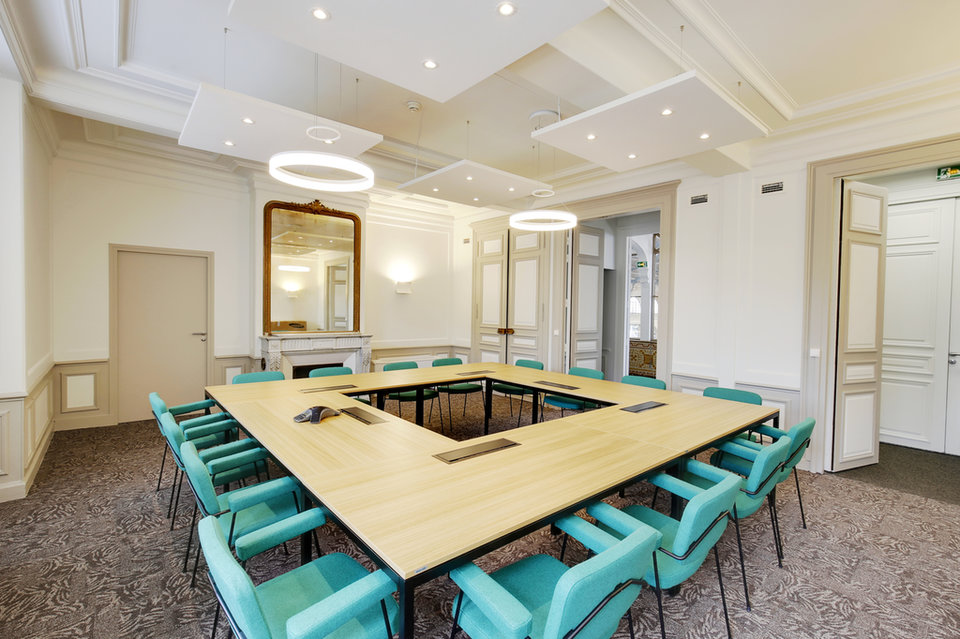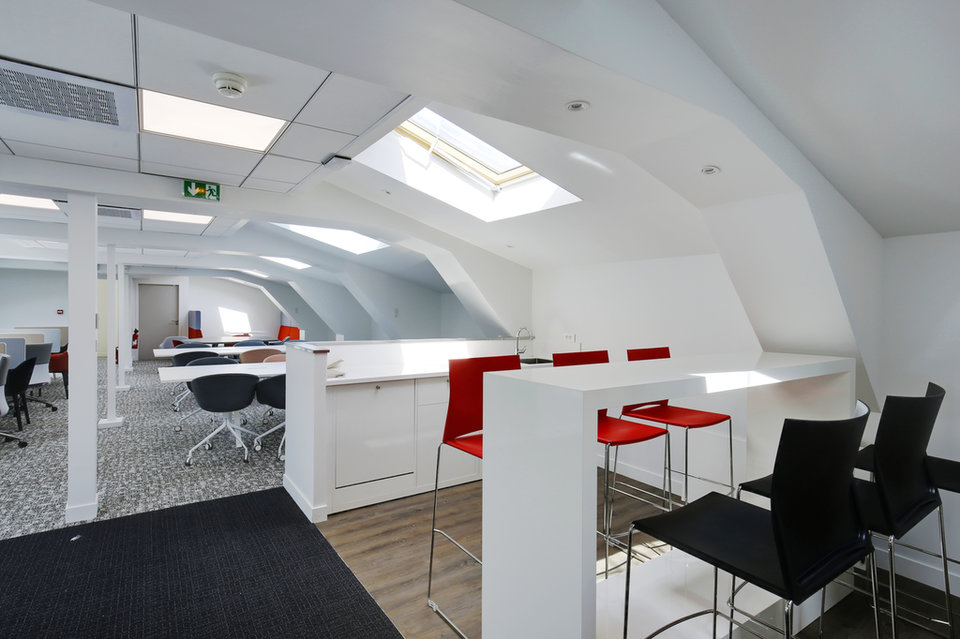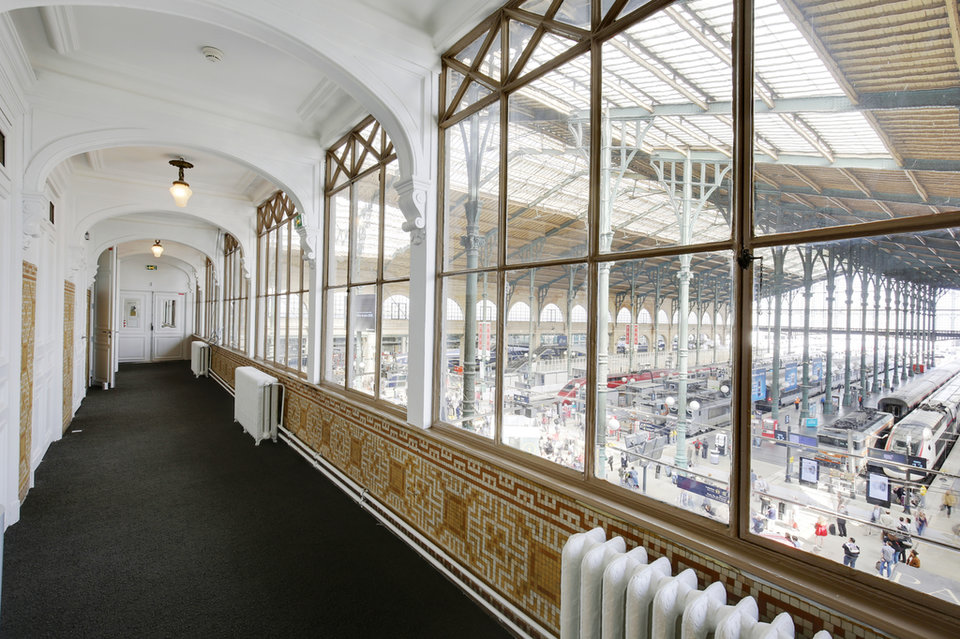“By having this service we can ultimately help reduce congestion and the presence of cars on the road”
Grocery collection
Supporting the needs of the people who pass through the station on a daily basis has become a core characteristic of a station itself.
In practical terms, this trend translates into a huge variety of initiatives and customer-focused activities. Services range from restaurants and shopping centresto delivery zones, the common denominator being the understanding that stations can no longer be conceived just as simple travel hubs.
In the Canadian province of Ontario, for example, transport manager Metrolinx is currently trialling a scheme that allows travellers to pick up their pre-ordered groceries at five stations in Toronto that collectively serve about 60,000 passengers daily.
Metrolinx media relations, social media and issues specialist Nitish Bissonauth explains that the reason behind the move is a wish to make commuters’ busy lives easier: “I think the service changes the way people see stations, which can now be a one-stop shop. Now it’s not only a place to depart or arrive, it’s a place where you can collect groceries.
“Not only does it make it more convenient for passengers, it also encourages them to take transit and incorporate it as part of their everyday lives. By having this service we can eliminate the extra trip to the store and ultimately help reduce congestion and the presence of cars on the road.”
The scheme, the first of its kind in Canada, is only in its initial stages but is proving successful, as Bissonauth says Metrolinx is planning to expand it to several other stations.

Credit: Images courtesy of Arthur Enard
An opportunity for small and large businesses
Grocery and parcel collection are only a small part of the services a modern train station can now offer. According to Antoine Nougarède, head of retail and connections at SNCF Gares et Connexions, these hubs’ newly acquired central roles for their community have brought forward a range of opportunities for businesses: “Stations are gateways to the cities they serve. As such, they play an essential role in local life for the 10 million visitors who pass through them every day.
“French stations are city boosters, connecting people with their social, economic and cultural environment. They are not only a place to go to after or before the train but, big or small, they are an asset and this asset is specific and particular for several aims and subjects.”
Opportunities of this kind can especially flourish in big cities like Paris, one of the busiest financial centres in Europe. For this reason, in July last year, SNCF opened its first business centre at Gare du Nord, consisting of a conference room, about 20 individual offices and a large co-working space on the upper floor of the station.
Tabourot explains that the central position of the station makes it the ideal hub to host business meetings: “This gives us an opportunity to utilise these spaces and put them [to the use of] the people who work near the stations.
“The people who work often travel via train, so these places are dedicated to those who take the train and maybe have a couple of hours to wait before their train departs and have to work. This service is very practical for them”.

Credit: Images courtesy of Arthur Enard
Stations are gateways to the cities they serve
“Edinburgh Waverly is right at the heart of the World Heritage site”
Station design will change in future
In the UK, infrastructure manager Network Rail has recently kicked off renovation works at Edinburgh Waverley station, the design of which has been carried out by global engineering firm Arup.
According to Arup UK and IMEA planning leader Richard de Cani, planning the renovation of a railway station is now a much more complex task than it was in the past: “The future station will have a different function than stations in the past. Stations are very rarely now seen as singular places, just about moving people, [instead they] are seen as part of the city, they create the opportunity to integrate different forms of development, different lounges, whether it's commercial, whether it's retail, residential or work-based. The buildings of stations now have a different function; it's much broader, more varied and that is reflected in the design.”
De Cani says that the urban context in which stations are built plays a central role, not only from the perspective of the communities living near them, but also from an architectural point of view. He explains: “Many of these stations are also historic in nature. Edinburgh Waverly is right at the heart of the World Heritage site, which is a very historic environment, so the station has to function in that context.”

Credit: Images courtesy of Arthur Enard